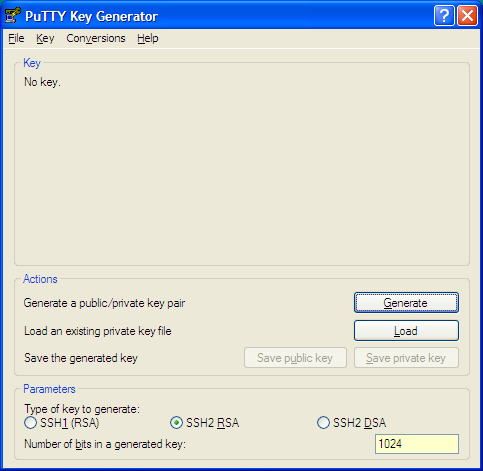This post briefly describes how to utilise AES to encrypt and decrypt files with OpenSSL.
- Aes Key Absent
- Openssl Generate Aes Key Without Passphrase Tool
- Aes Key Aade
- Aes Key Fortnite
- Openssl Generate Aes Key Without Passphrase Code
- Opensslpublickey - Generate an OpenSSL public key from its private key.¶. Giving Ansible a number without following one of these rules will end up with.
- Php artisan key:generate.
- In this section I will share the examples to create openssl self signed certificate without passphrase. All the commands and steps will remain the same as we used above to generate self signed certificate, the only difference would be that we will not use any encryption method while we create private key in step 1. Openssl generate private key.
- Create key¶ The Cookbook recommends putting passphrases on key files, but says it doesn’t really worsen security on a production web server to put the passphrase in a file next to the key file — if an attacker is on the system, they can probably extract the decrypted key from the web server memory anyway.
Without registration and personal data, but with functionality and data encryption enough for your private conversations.
AES - Advanced Encryption Standard (also known as Rijndael).
OpenSSL - Cryptography and SSL/TLS Toolkit
We’ll walk through the following steps:
- Generate an AES key plus Initialization vector (iv) with
openssland - how to encode/decode a file with the generated key/iv pair
Note: AES is a symmetric-key algorithm which means it uses the same key during encryption/decryption.
Generating key/iv pair
We want to generate a 256-bit key and use Cipher Block Chaining (CBC).
The basic command to use is openssl enc plus some options:
-P— Print out the salt, key and IV used, then exit-k <secret>or-pass pass:<secret>— to specify the password to use-aes-256-cbc— the cipher name
Aes Key Absent
Note: We decided to use no salt to keep the example simple.
Issue openssl enc --help for more details and options (e.g. other ciphernames, how to specify a salt, …).
Encoding
Let's start with encoding Hello, AES! contained in the text file message.txt:
Decoding
Decoding is almost the same command line - just an additional -d for decrypting:
Note: Beware of the line breaks
While working with AES encryption I encountered the situation where the encoder sometimes produces base 64 encoded data with or without line breaks...
Short answer: Yes, use the OpenSSL -A option.
Openssl Generate Aes Key Without Passphrase Tool
Deciding on Key Generation Options
When generating a key, you have to decide three things: the key algorithm, the key size, and whether to use a passphrase.

Key Algorithm
Aes Key Aade
For the key algorithm, you need to take into account its compatibility. For this reason, we recommend you use RSA. However, if you have a specific need to use another algorithm (such as ECDSA), you can use that too, but be aware of the compatibility issues you might run into.
Note: This guide only covers generating keys using the RSA algorithm.
Key Size
Aes Key Fortnite
For the key size, you need to select a bit length of at least 2048 when using RSA and 256 when using ECDSA; these are the smallest key sizes allowed for SSL certificates. Unless you need to use a larger key size, we recommend sticking with 2048 with RSA and 256 with ECDSA.
Openssl Generate Aes Key Without Passphrase Code
Note: In older versions of OpenSSL, if no key size is specified, the default key size of 512 is used. Any key size lower than 2048 is considered unsecure and should never be used.
Passphrase
For the passphrase, you need to decide whether you want to use one. If used, the private key will be encrypted using the specified encryption method, and it will be impossible to use without the passphrase. Because there are pros and cons with both options, it's important you understand the implications of using or not using a passphrase. In this guide, we will not be using a passphrase in our examples.